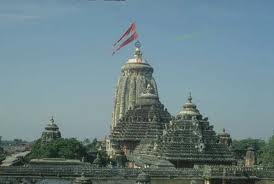
On the other hand in the third century BC, in the eastern part of Odisha Kalinga
flourished as a powerful empire under the Jaina emperor, Kharavela. He ruled all
the way down south to include parts of the Tamil country. He built the superb
monastic caves at Udayagiri and Khandagiri Caves. Subsequently, the region was
ruled under various monarchs, such as Samudragupta and Shashanka. It also was a
part of Harsha's empire. In 795 AD, the king Yayati Kesari I of Kesari or Soma
dynasty of Kosala united Kosala and Utkala into a single empire. He is also
supposed to have built the first Jagannath Temple at Puri, although the current
structure of the temple is entirely different and was built by Kings Choda
Gangadeva and Ananga Bhimadeva of the Eastern Ganga Dynasty in the 12th century.
The famous Lingaraja temple in Bhubaneshwar was started by Keshari dynasty king
Yayati Keshari III and completed by his son Lalatendu Keshari in the 10th
century.
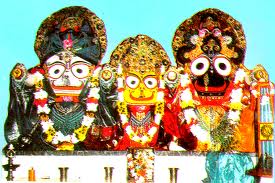
King Narasimha Dev is reputed to have built the magnificent Konark Sun Temple.
Although now largely in ruins, the temple may have once rivaled the Taj Mahal in
splendour. The Mughals conquered Coastal Odisha in 1576. The last Hindu Emperor
of Odisha, Gajapati Mukunda Deva, was defeated and was killed in the battle of
Gohiratikiri. The coastal plain of Odisha from Medinipur to Rajahmundry came
under Mughal rule, which was broadly divided into six parts as Jaleswar Sarkar,
Bhadrak Sarkar, Cuttack Sarkar, Chicacole (Srikakulam) Sarkar, Kalinga Dandapat
and Rajamundry Sarkar or Godavari Province.
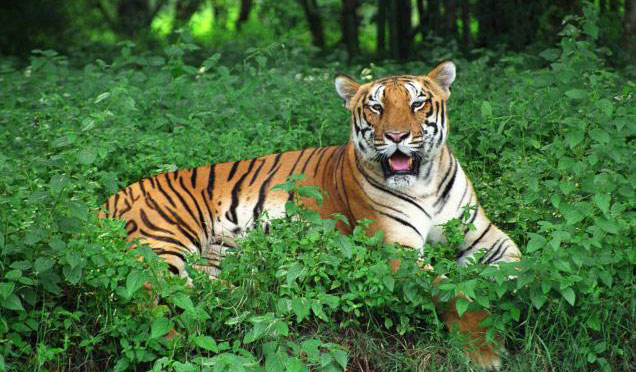
Odisha's Central, Northern, Western and Southern hilly areas were ruled
independently by Hindu kings. The Nizam of Hyderabad occupied the area between
Rajahmundry to Srikakulam in 16th century. Medinipur was attached to Bengal
province in 18th century. The remaining parts of Coastal Odisha, were
subsequently ceded to the Maratha Empire in 1751. The British occupied the
Northern Circars comprising the southern coast of Odisha as a result of the
Carnatic Wars in the early 1760s and incorporated them into the Madras
Presidency gradually.
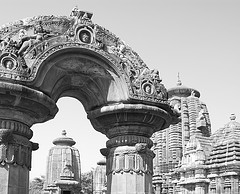
In 1803, the British under the British East India Company annexed the Maratha
province of Odisha after the Second Anglo-Maratha War. The northern and western
districts of Odisha were incorporated into Bengal Presidency. Following famine
and floods in 1866, large scale irrigation projects were undertaken in the last
half of the 19th century. The coastal section was separated from Bengal and made
into the Province of Bihar and Odisha in 1912, in response to local agitation
for a separate state for the Odia-speaking people. In 1936, Bihar and Odisha
were split into separate provinces. Thus after a long period of struggle the
Odia people got re-united after centuries of political separation. On 1 April
1936, the new province of Odisha came into existence on linguistic basis during
the British rule in India with Sir Jhon Austin Hubbak as the first Governor. A
long cherished dream of Odia people and their leaders like Madhusudan Das,
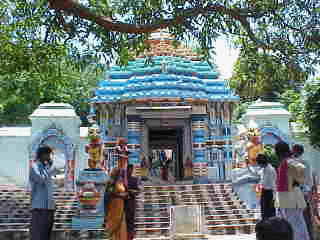
Maharaja Krushna Chnadra Gajapati, Pandit Nilakantha Das, Bhubanananda Das and
many other came true. The district of Ganjam was transferred from Madras
Presidency to the new province of Odisha on 1 April 1936. From that time onwards
people of Odisha celebrate the day 1 April as Utkal Divas or Odisha Day.
Following Indian independence, the area of Odisha was almost doubled and the
population was increased by a third by the addition of 24 former princely
states. In 1950, Odisha became a constituent state in the Union of India. Since
prehistoric days the land of Odisha has been inhabited by various people. The
earliest settlers of Odisha were primitive hill tribes. Although prehistoric
communities cannot be identified, it is well known that Odisha had been
inhabited by tribes like Saora or Sabar from the Mahabharata days. Saora in the
hills and the Sahara and Sabar of the plains continue to be an important tribe
distributed almost all over Odisha. Most of the tribal people have been
influenced by Hindus and have adopted Hindu manners, customs and rituals. Bonda
Parajas of Koraput district are the best example of these tribes. Several
pre-historic sites have been excavated in Odisha since the arrival of
Britishers. Kaliakata of Angul, Kuchai & Kuliana of Mayurbhanj, Vikramkhol near
Jharsuguda, Gudahandi and Yogimath of Kalahandi, Ushakothi of Sambalpur,
Similikhol near Bargarh etc.
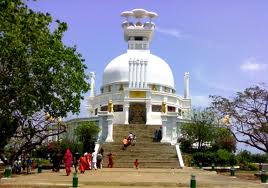
Odisha has a history spanning a period of over 5,000 years. Before Kalinga it
was named as Udra or "Odra Desa". The Ancient Odra desa or Ordesa was limited to
the valley of Mahanadi and to the lower course of Subarnarekha River. It
comprised the whole of the present districts of Cuttack and Sambalpur and a
portion of Midnapur. Bounded on the west by Gondwana, on the north by the wild
hill states of Jaspur and Singhbhum, on the east by the sea and on the South by
Ganjam, Odisha has a legendary history. The name Odia originated from Odra or
Udra tribes that inhabited the central coastal belt (Khordha District and
Nayagarh District) of modern Odisha. Odisha has also been the home of the
Kalinga, Utkal, Mahakantara/Kantara and Kosal that played a particularly
prominent role in the region's history, and one of the earliest references to
the ancient Kalingas appears in the writings of Vedic chroniclers. In the 6th
century BC, Vedic Sutrakara Baudhayana mentions Kalinga as being beyond the
Vedic fold,
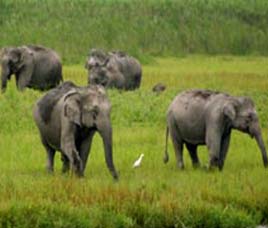
indicating that Brahminical influences had not yet touched the land. Unlike some
other parts of India, tribal customs and traditions played a significant role in
shaping political structures and cultural practices right up to the 15th
century, when Brahminical influences triumphed over competing traditions and
caste differentiation began to inhibit social mobility and erode what had
survived of the ancient republican tradition.
History of Odisha
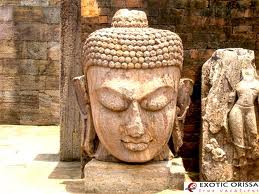
A major turning point in world history took place in Odisha. The Kalinga War
that led emperor Ashoka to embrace non-violence and the teachings of Buddha was
fought here in 261 BC. Ashoka's military campaign against Kalinga was one of the
bloodiest in Mauryan history on account of the fearless and heroic resistance
offered by the Kalingas to the mighty armies of the expanding Mauryan empire.
Perhaps on account of their unexpected bravery, emperor Ashoka was compelled to
issue two edicts specifically calling for a just and benign administration in
Kalinga.
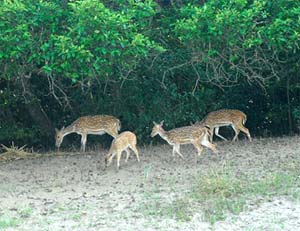
Later on, Ashoka was instrumental in spreading Buddhist philosophy all over
Asia. However, Ativ Land (South Western Odisha) was unconquered by Ashoka. Tel
river civilization put light towards a great civilization existing in Kalahandi,
Balangir, Koraput (KBK) region in the past that is recently getting explored.
The discovered archaeological wealth of Tel Valley suggest a well civilized,
urbanized, cultured people inhabited on this land mass around 2000 years ago and
Asurgarh was its capital.
Kalahandi along with Koraput and Bastar was part
of Kantara referred in Ramayana and Mahabharata. In 4th century B.C. this region
was known as Indravana from where precious gem-stones and diamond were collected
for the imperial Maurya treasury. During the period of Maurya emperor Ashoka,
Kalahandi along with Koraput and Bastar region was called Atavi Land. This land
was unconquered as per Ashokan record. In the beginning of Chrisitan era
probably it was known as Mahavana.In 4th Century A.D. Vyaghraraja was ruling
over Mahakantara comprising Kalahandi, undivided Koraput and Bastar region.
Asurgarh was capital of Mahakantara. Hatigumpha Inscription of Emperor
Kharavela, Udaygiri Konark Sun Temple built by the Eastern Ganga dynasty is one
of the most well renowned temples in India and is a World Heritage Site.
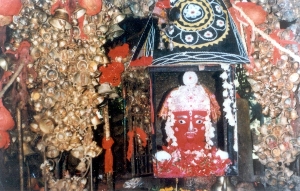
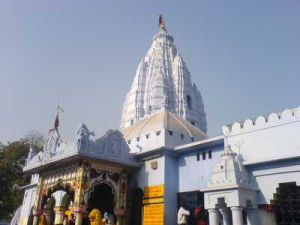
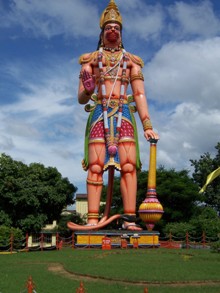
|